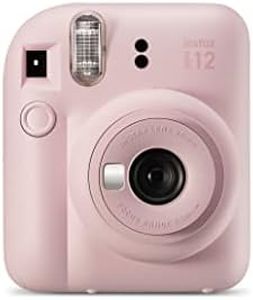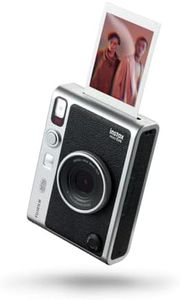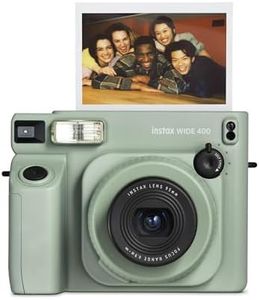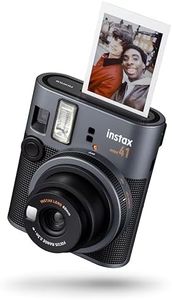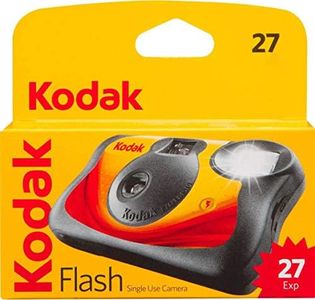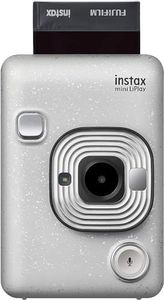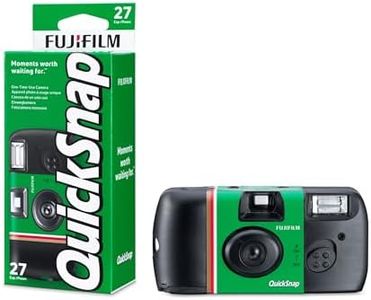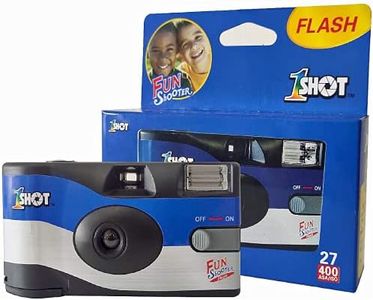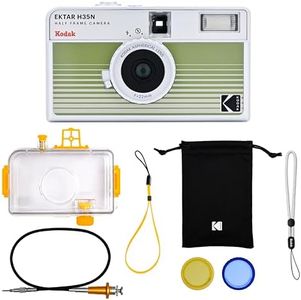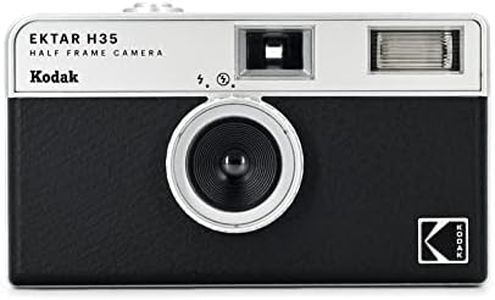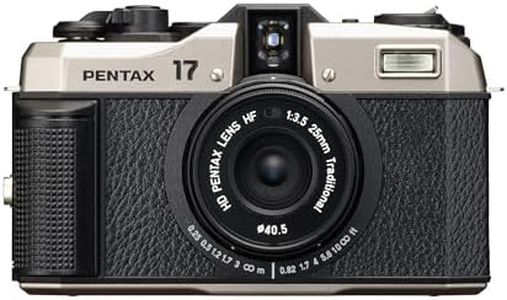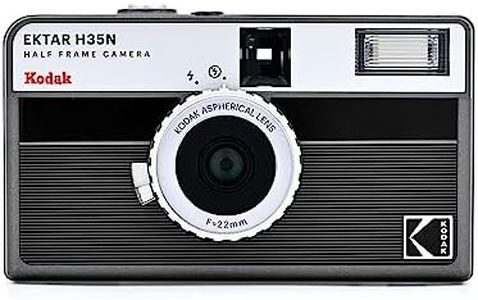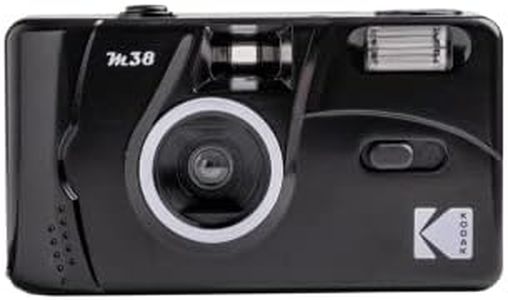We Use CookiesWe use cookies to enhance the security, performance,
functionality and for analytical and promotional activities. By continuing to browse this site you
are agreeing to our privacy policy
10 Best Film Cameras
From leading brands and best sellers available on the web.Buying Guide for the Best Film Cameras
Choosing the right film camera can be a fun and rewarding experience, especially if you're interested in capturing photos with a classic, timeless feel. When picking a film camera, it’s important to think about how you'll use the camera—whether you want something simple for casual snapshots or more advanced for creative control. Consider how much involvement you want in the process, whether you’re okay with setting every setting yourself or prefer the camera to handle it automatically.Camera Type (Point-and-Shoot vs. SLR vs. Rangefinder)Camera type refers to how the camera works and how much control you have. Point-and-shoot cameras are easy to use, often fully automatic, and great for people who want simple, no-fuss photography. SLR (Single Lens Reflex) cameras let you see exactly what the lens sees and give you more control over settings like focus and exposure, making them suitable for learners and enthusiasts. Rangefinders are quieter and more compact, often favored for street photography, but their focusing system is different and may need a bit more getting used to. Think about your comfort: if you like simplicity, go for point-and-shoot; if you want control and flexibility, SLR or rangefinder might be better.
Film Format (35mm, Medium Format, Instant)Film format describes the size of the film and the camera's compatibility. 35mm film is the most common and widely available—it’s great for everyday photography and learning because it strikes a good balance between image quality and ease of use. Medium format film is larger, delivering higher image quality and detail, often chosen by advanced users or those wanting bigger prints. Instant film cameras use self-developing film for prints you can see right after you shoot; great for fun, casual, or event photography. Your choice depends on how much quality you want, how accessible you want film and developing to be, and whether you want instant results.
Exposure Modes (Manual, Automatic, Semi-Automatic)Exposure mode is about how much control you have over your photo's brightness. Manual means you set both the shutter speed and aperture yourself—good for learning and for those wanting creative control. Automatic modes let the camera judge and set exposure, making things simple for quick shots. Semi-automatic modes like aperture-priority or shutter-priority give you control over just one setting while the camera handles the rest. Beginners or those wanting convenience might value autos, while enthusiasts often appreciate manual or semi-auto controls.
Lens System (Fixed Lens vs. Interchangeable Lens)Some cameras come with just one built-in lens (fixed lens), while others allow you to swap lenses (interchangeable lens). Fixed-lens cameras are usually smaller and simpler—just point and shoot. Interchangeable lens cameras (like SLRs) allow you to change lenses for different situations, such as portraits, landscapes, or close-ups. If you want flexibility and creative options, choose a camera with interchangeable lenses. If ease and size matter more, a fixed-lens camera might suit you better.
Focusing System (Manual vs. Autofocus)Focusing system is about how you make your subject sharp. Manual focus means you turn a ring or dial to bring your subject into focus—best for those who like precision or want to slow down and learn photography basics. Autofocus does the work for you, speeding up the process and making it easier, especially for moving subjects. If you mostly shoot still scenes and enjoy hands-on control, manual focusing works well. For quick snapshots or moving subjects, autofocus can make life easier.
Build Quality and SizeBuild quality and size affect how durable and portable your camera is. Some cameras are heavy and made of metal, lasting for decades, while others are lighter and more compact for travel and casual use. You should pick a camera that feels comfortable to carry and suits your shooting style—if you’ll often be out and about, choose something smaller; if you care about longevity or want a classic feel, a solid metal body could be a priority.
